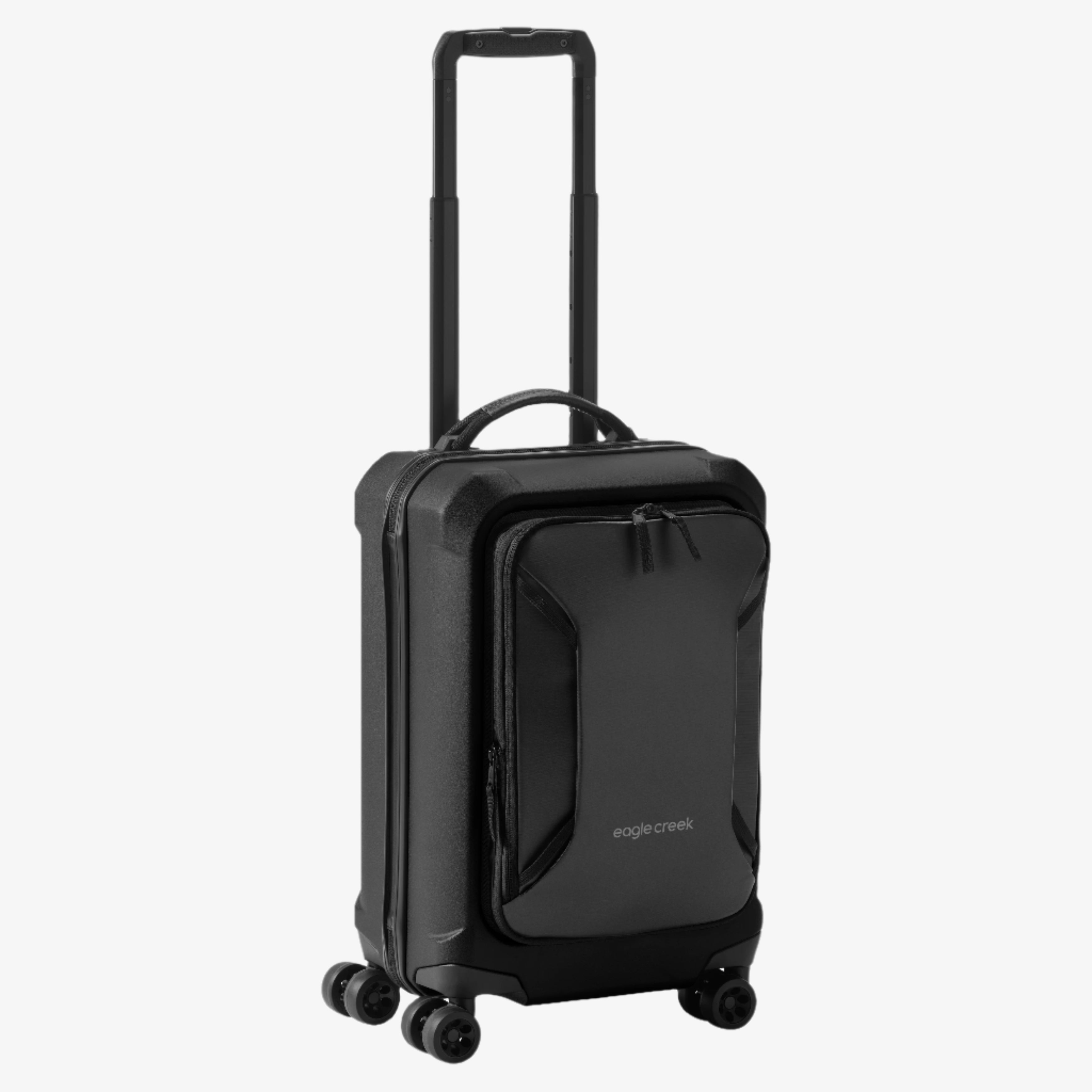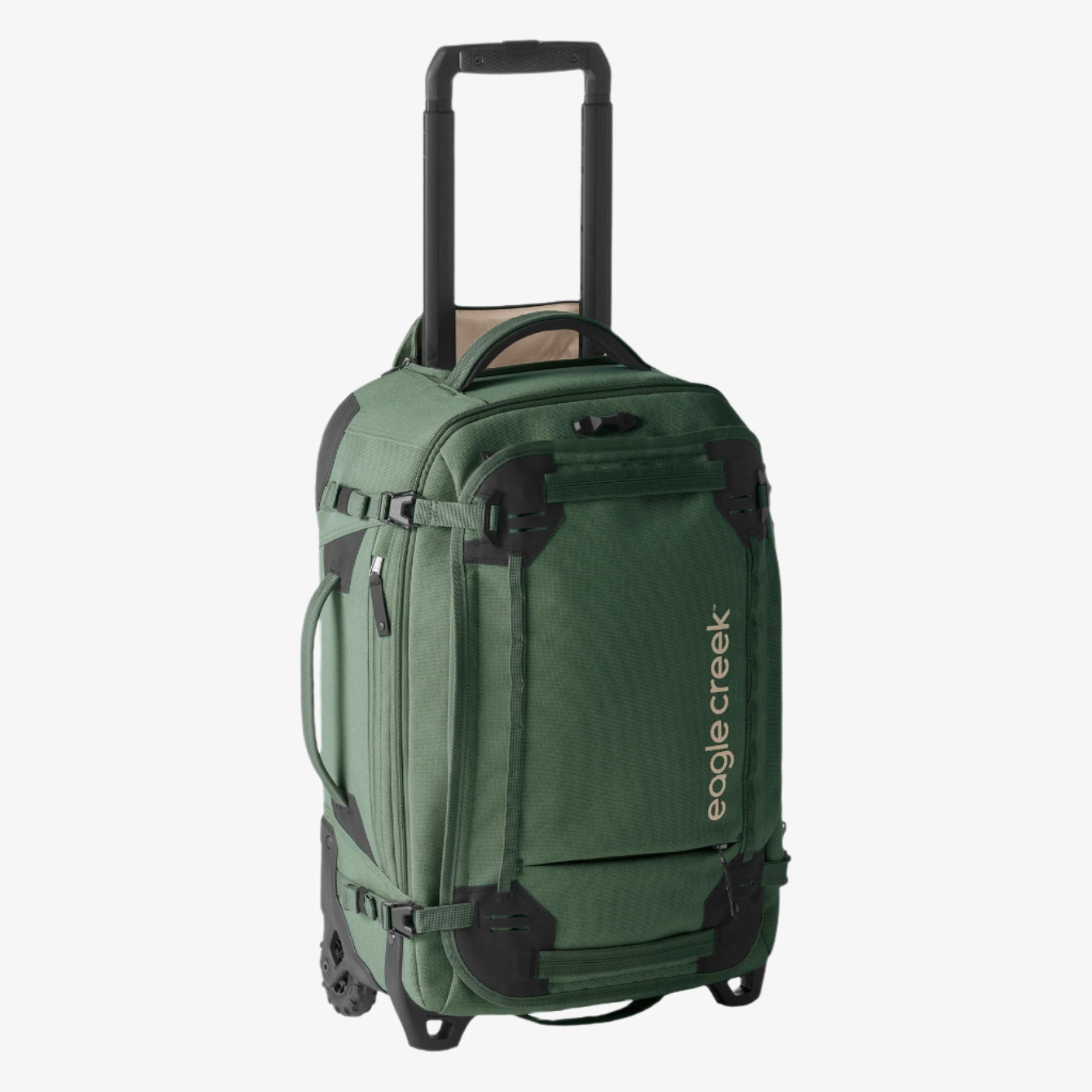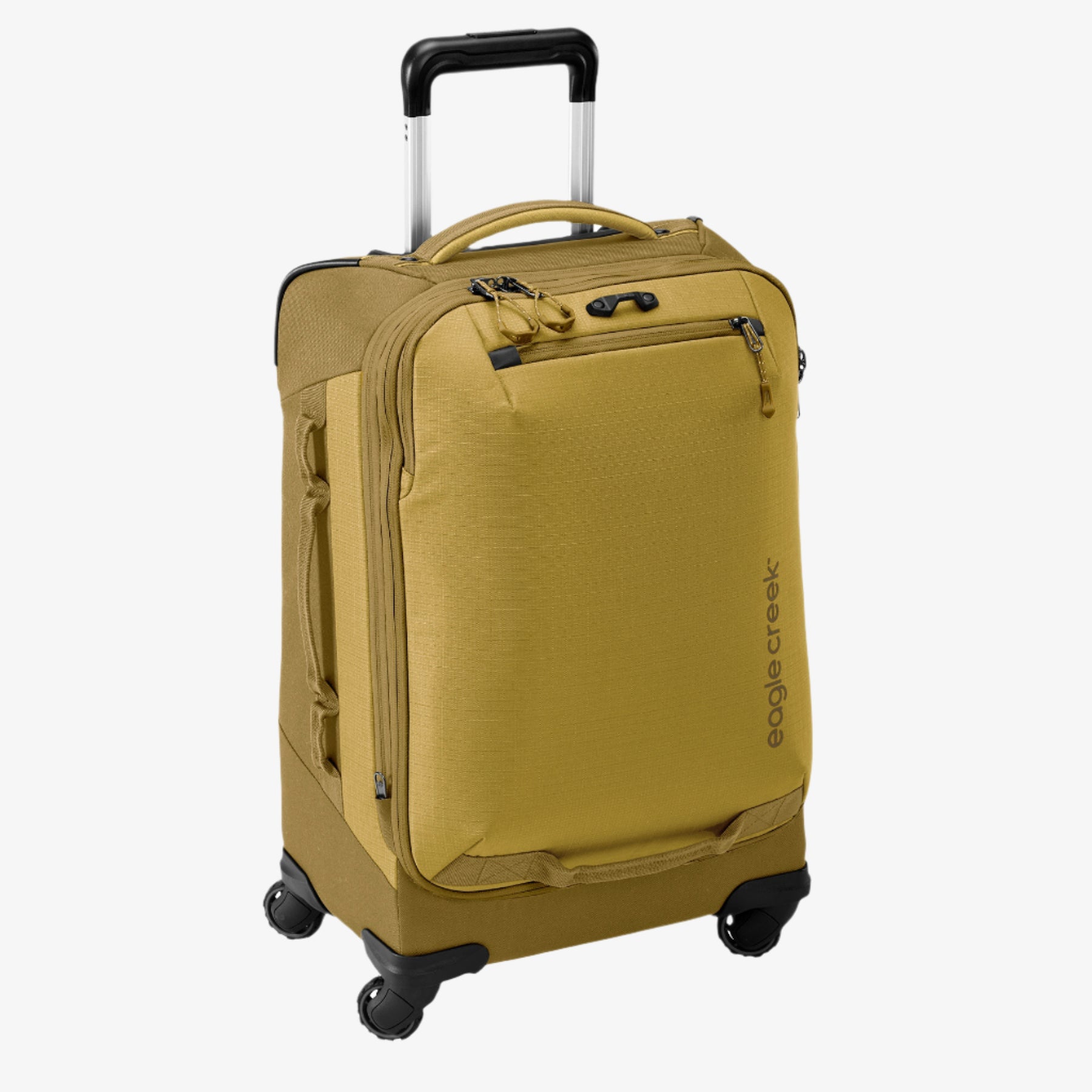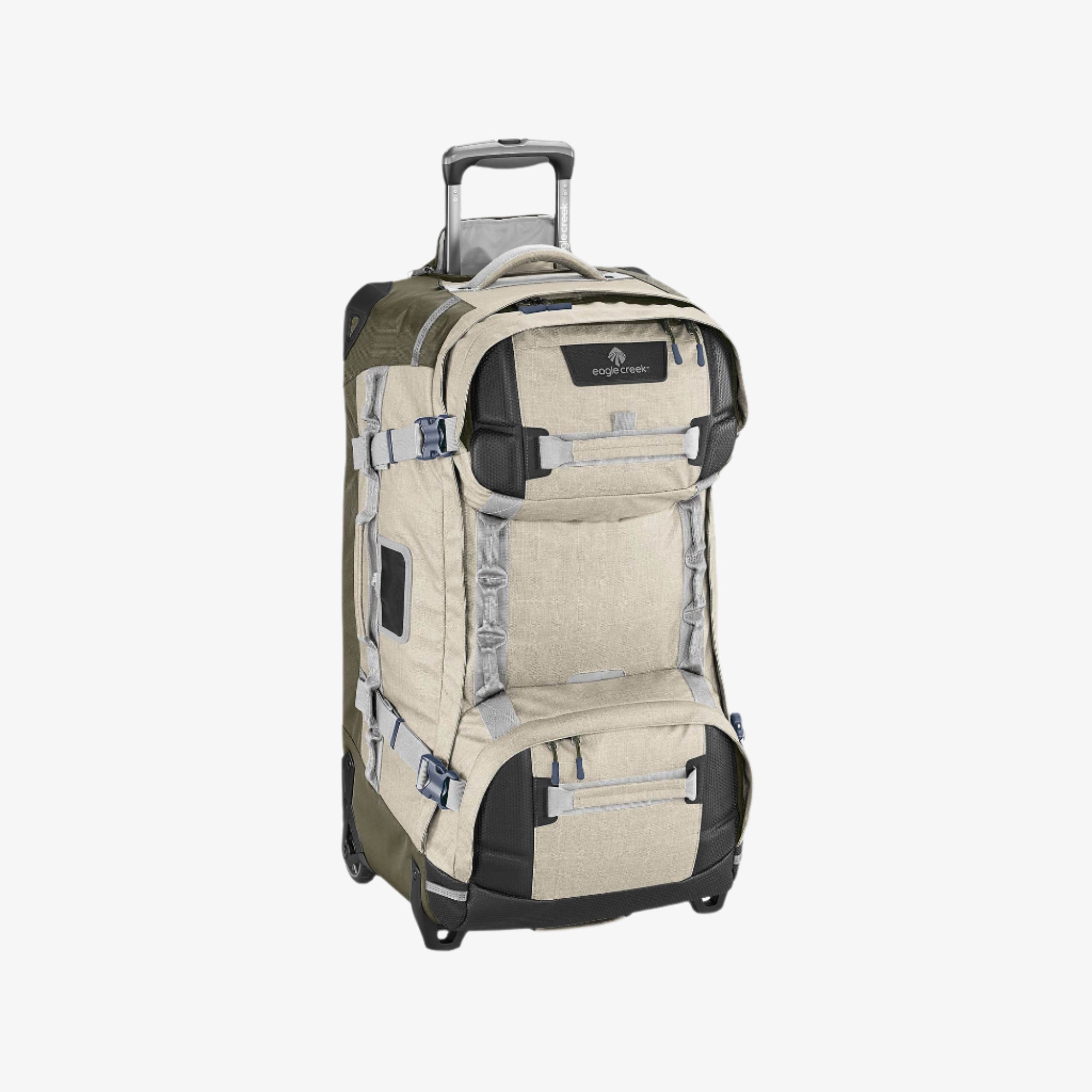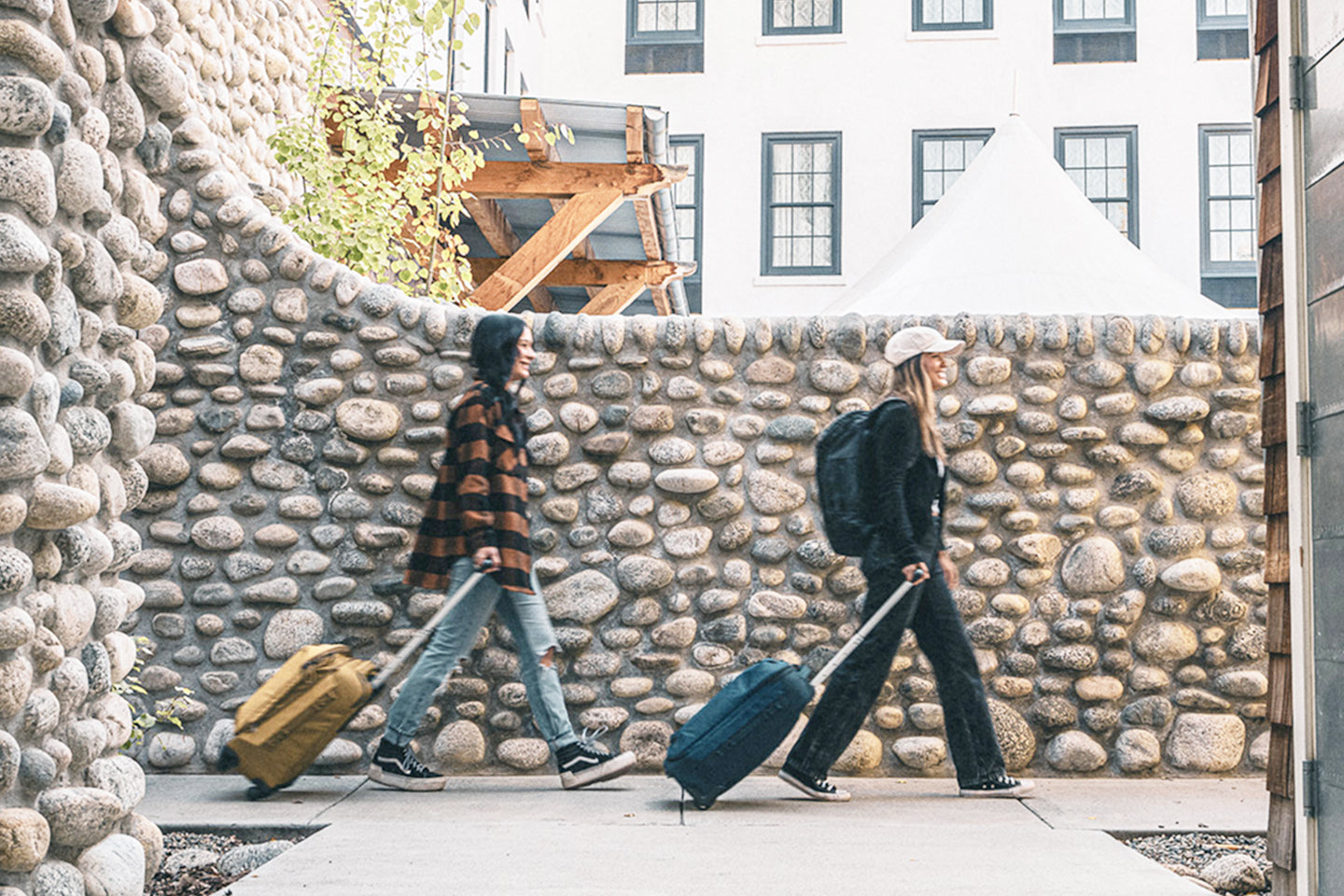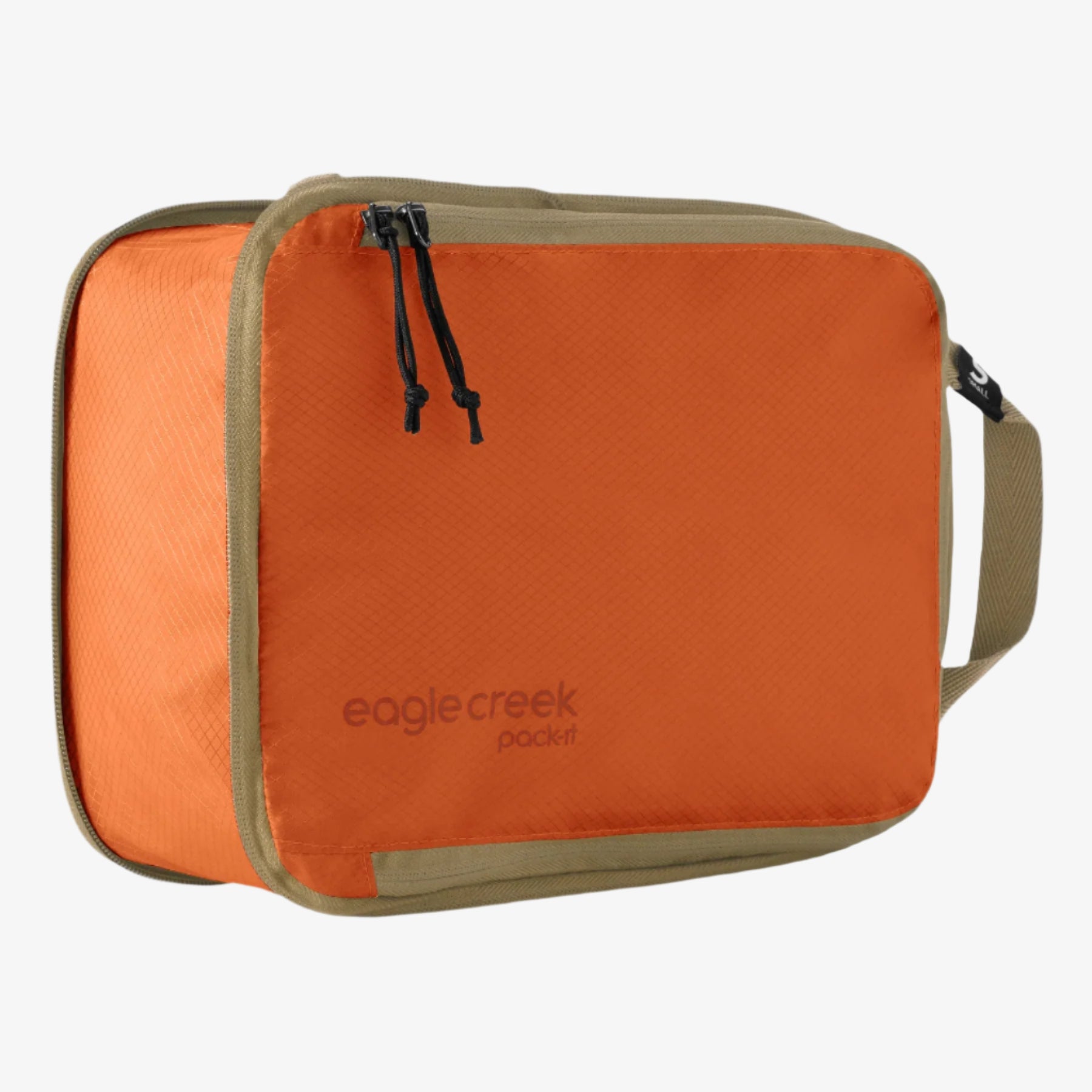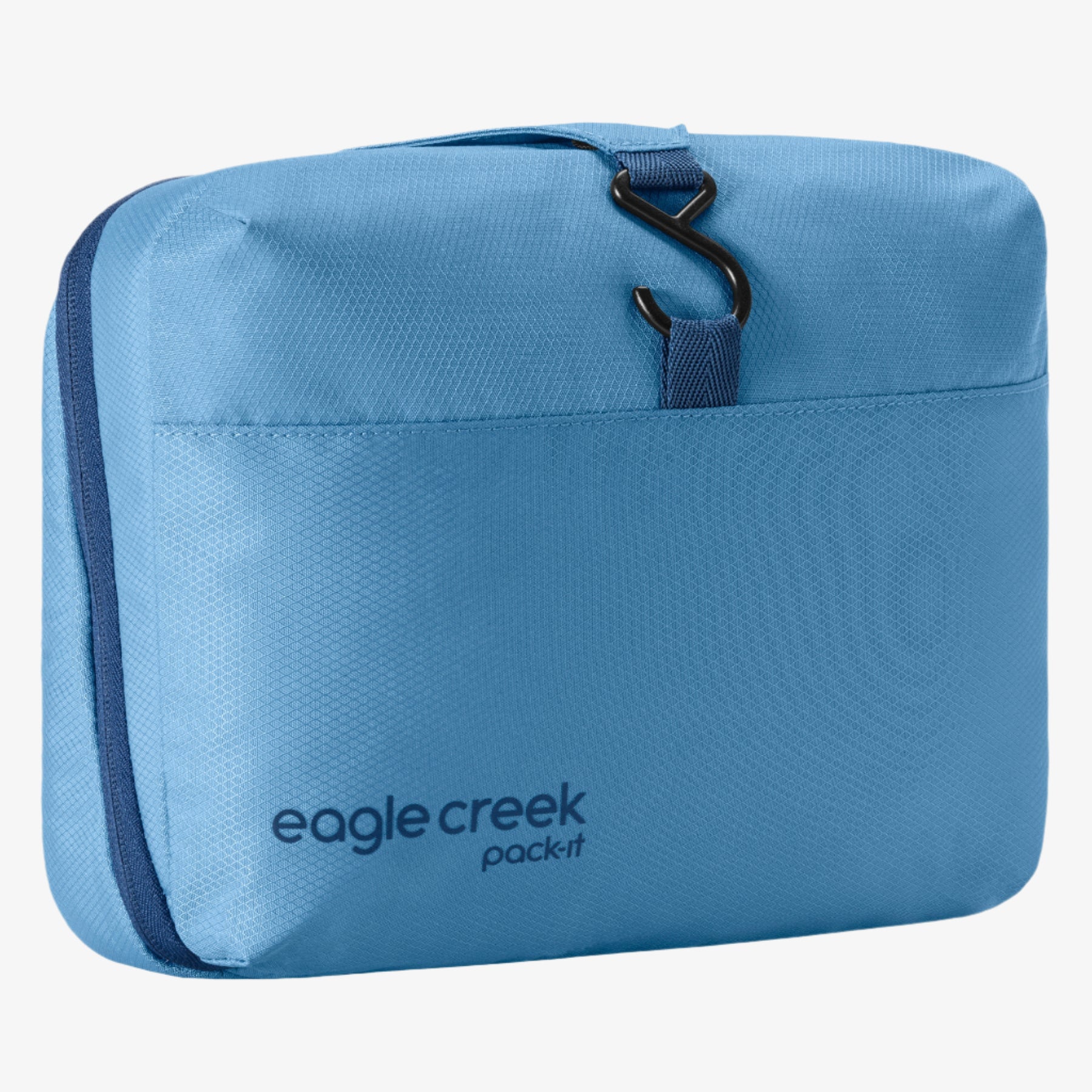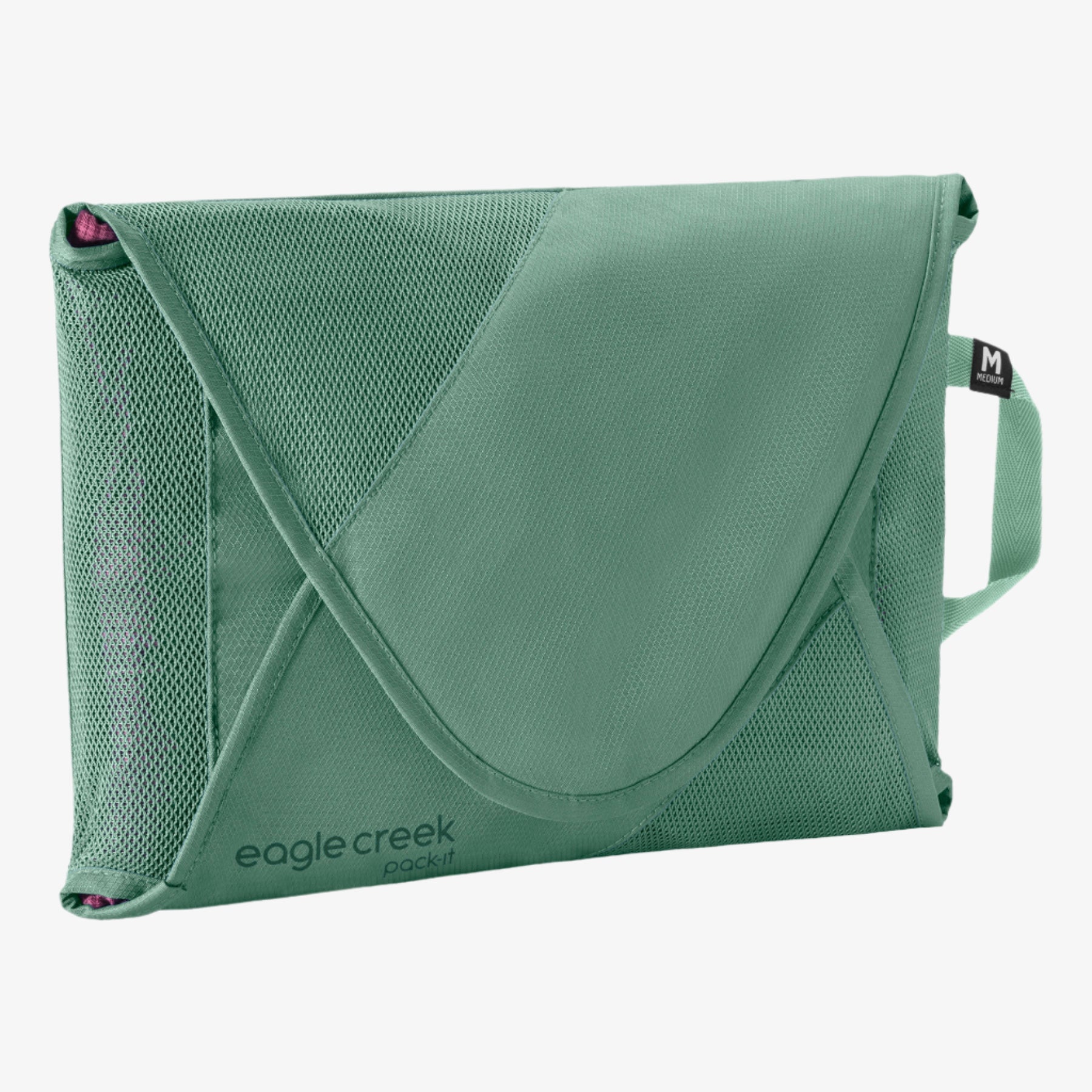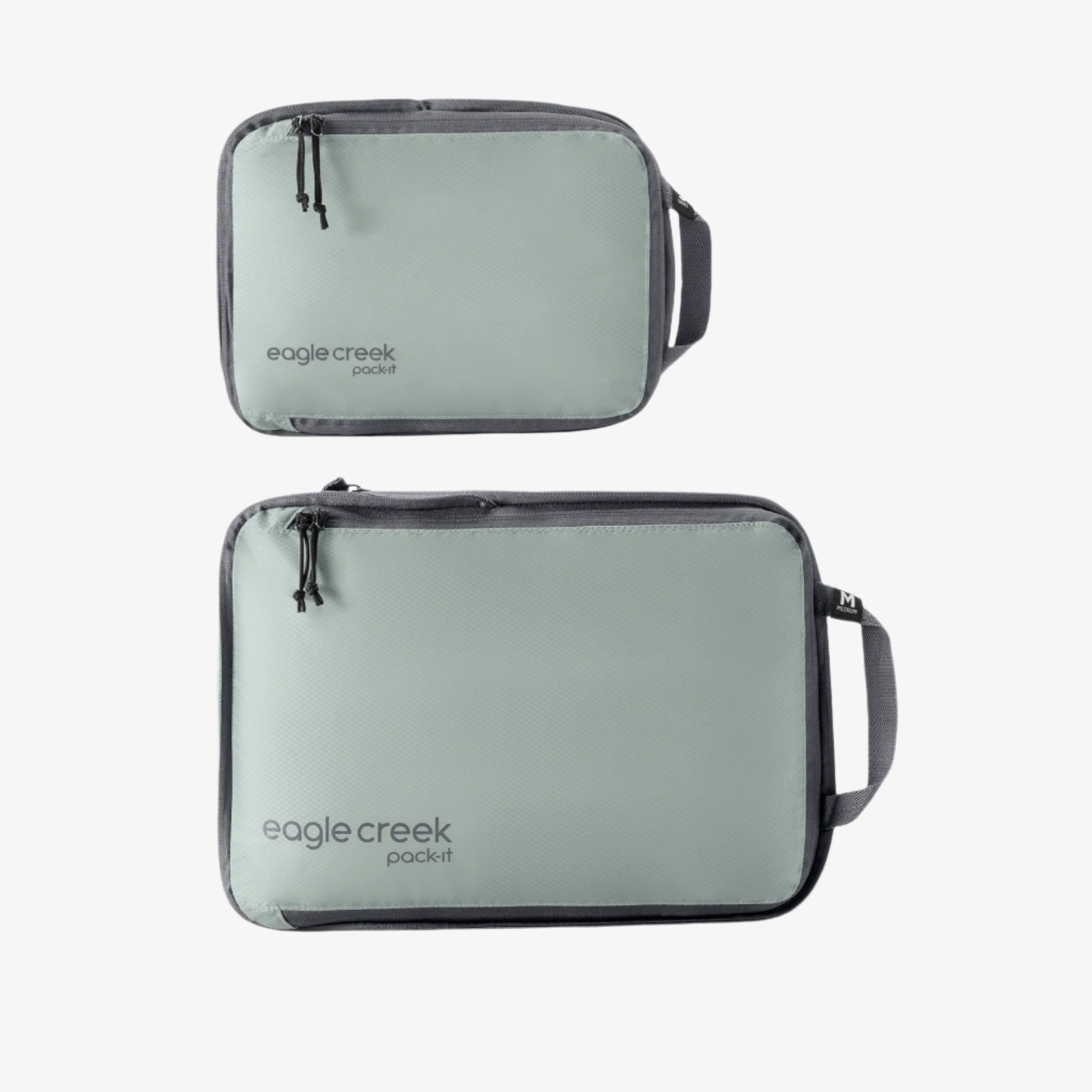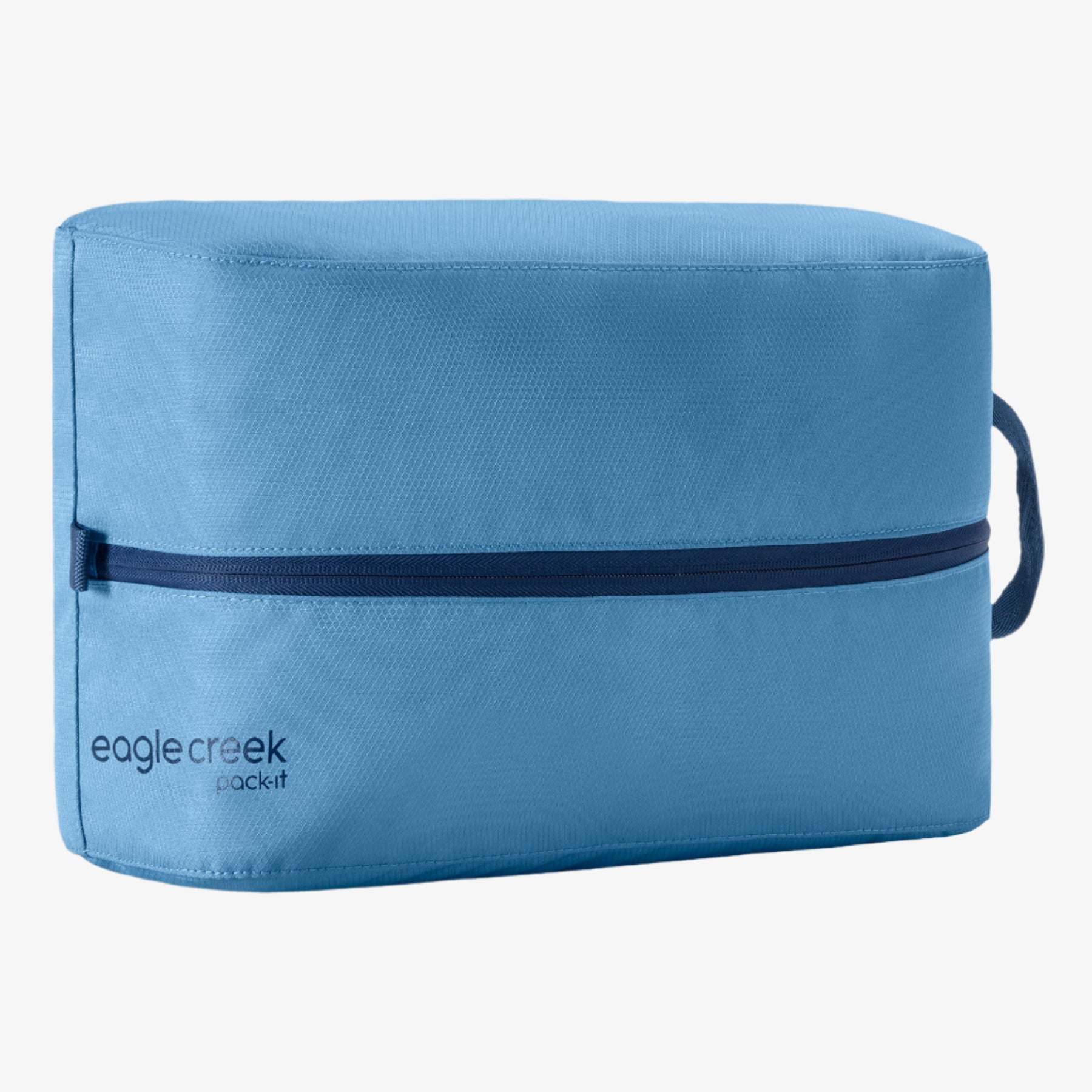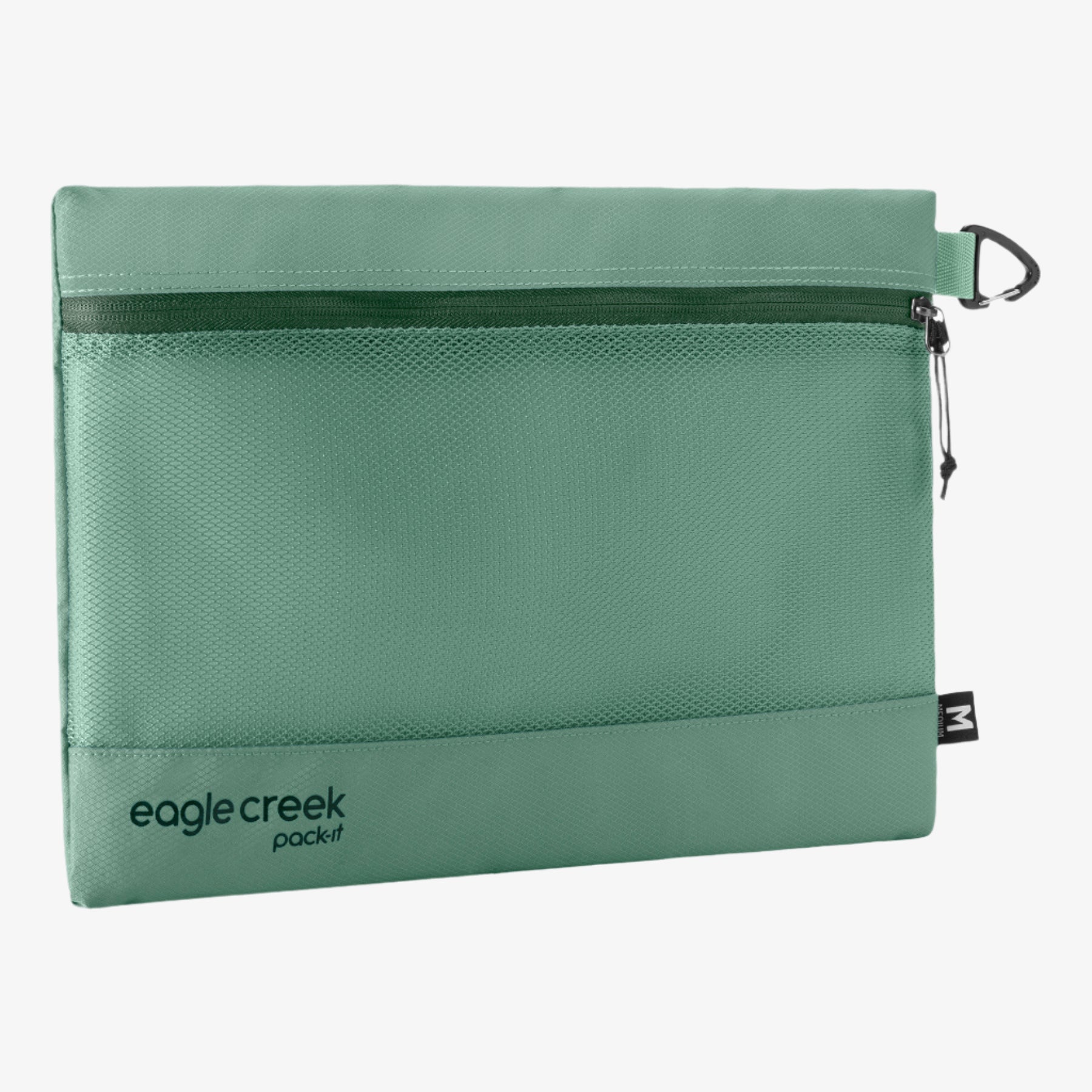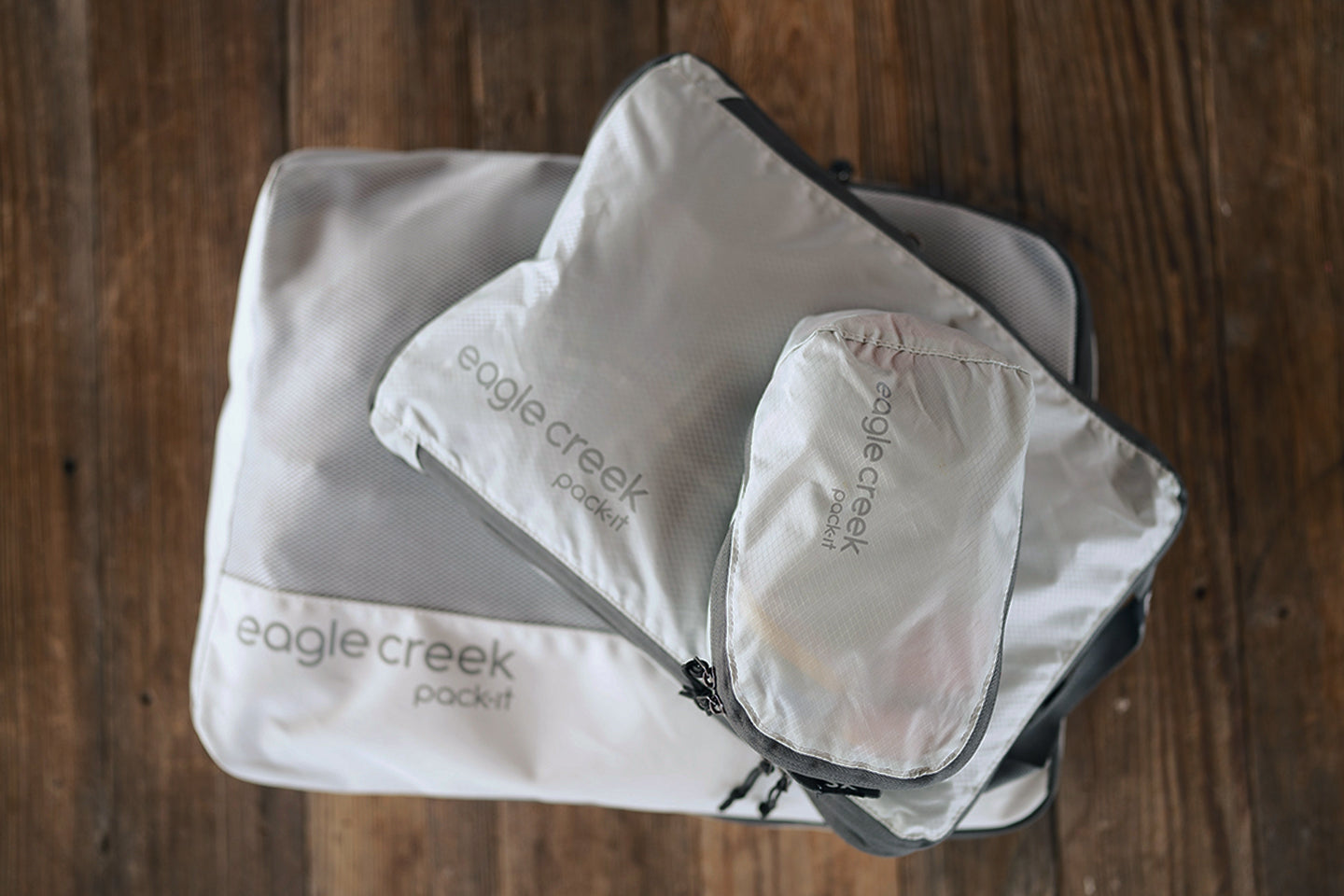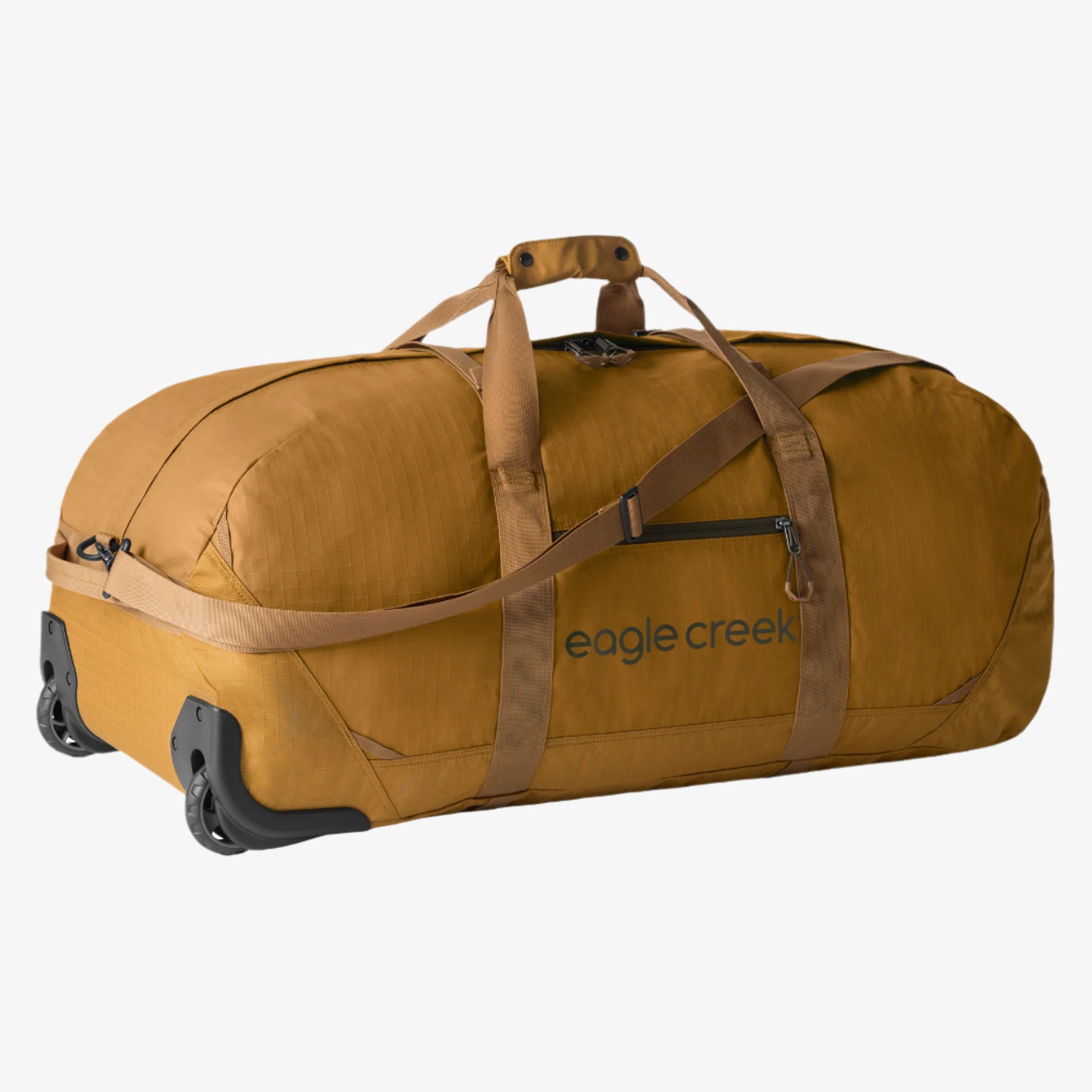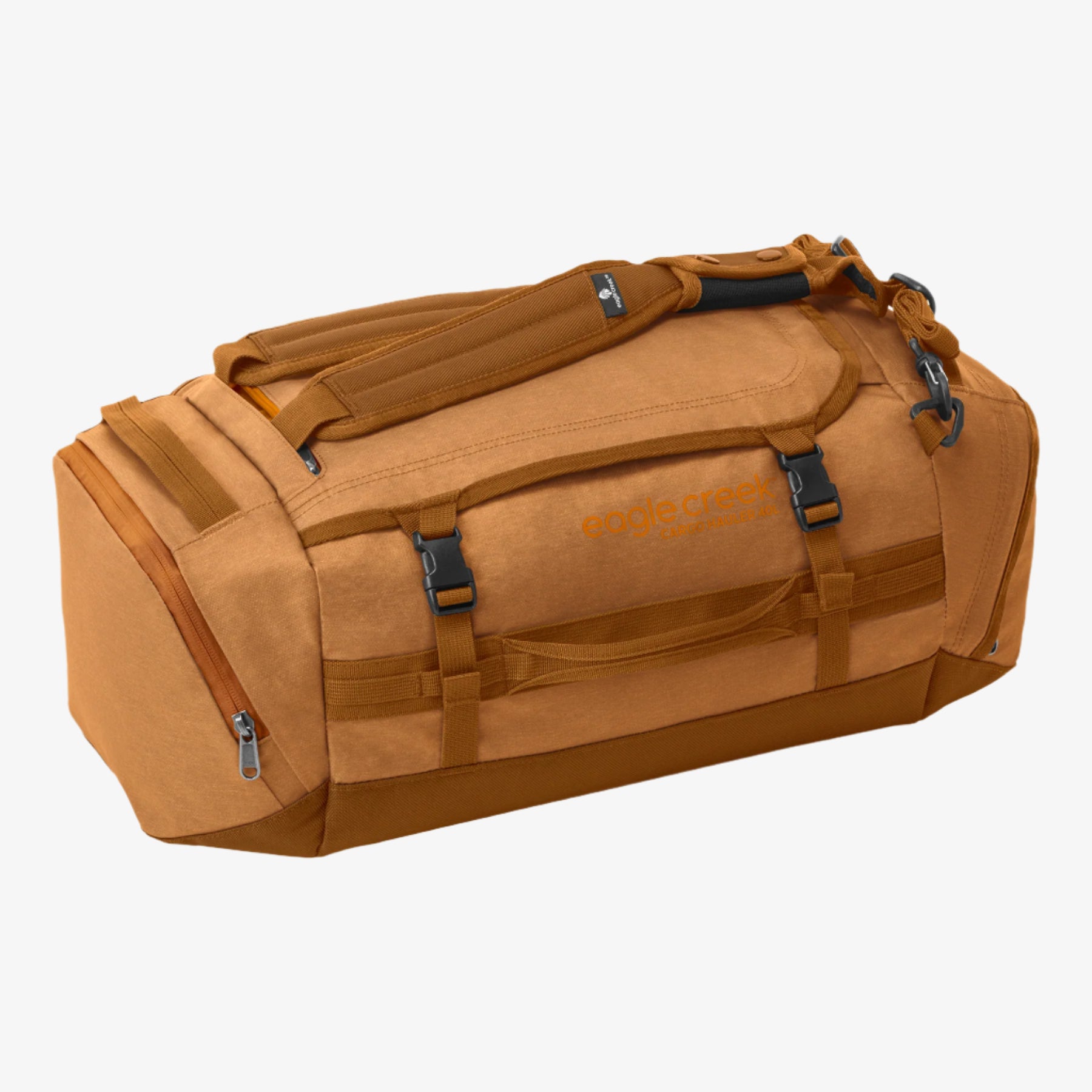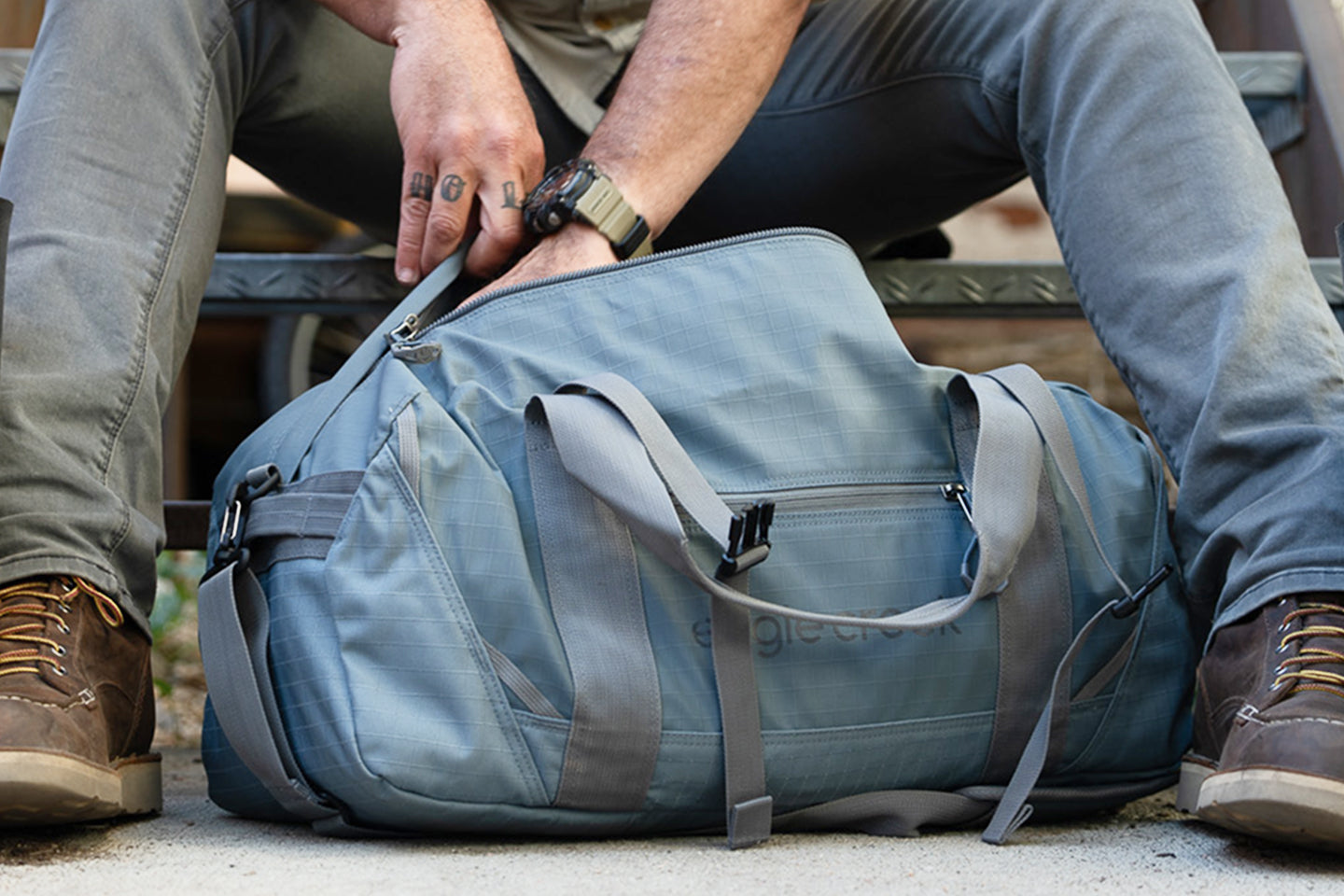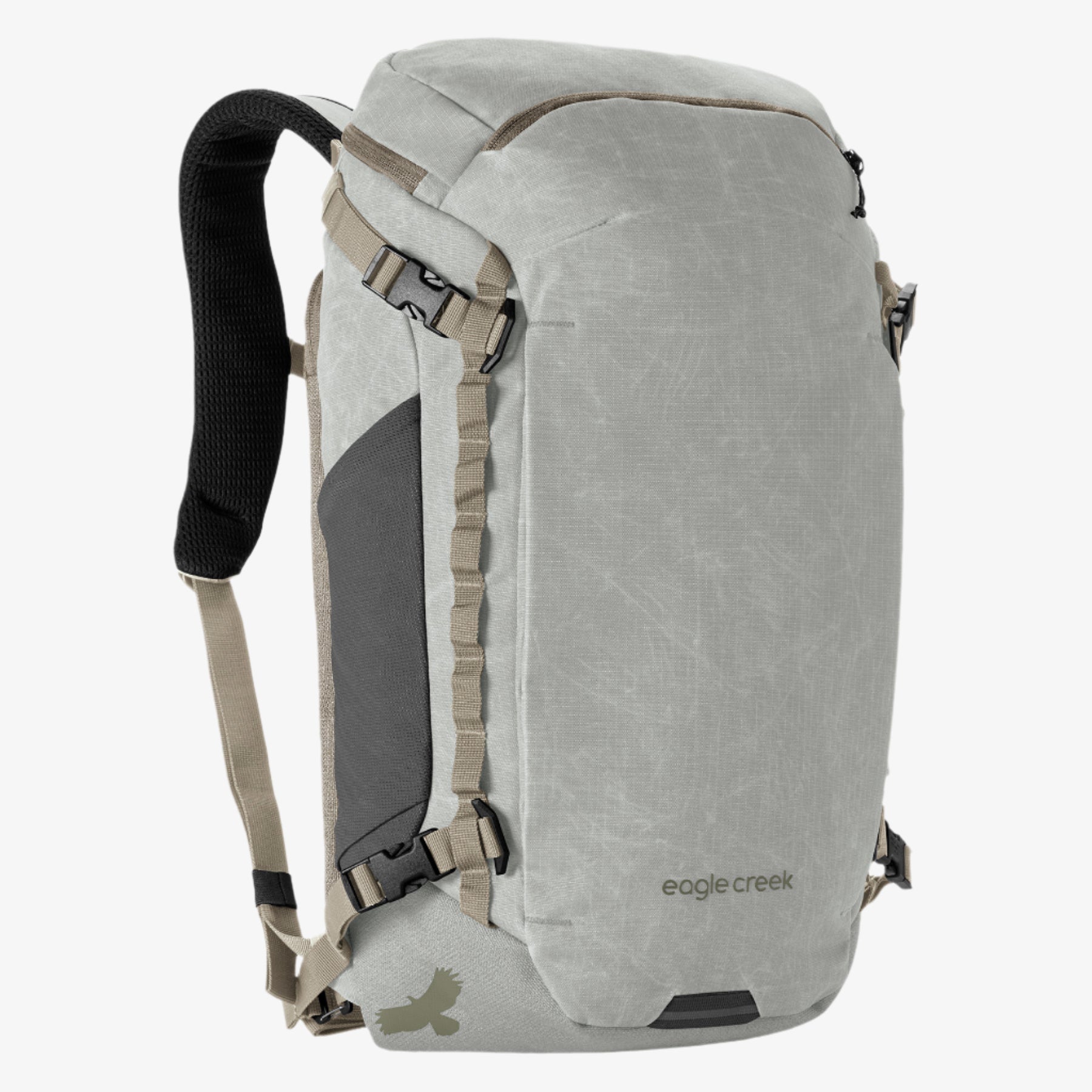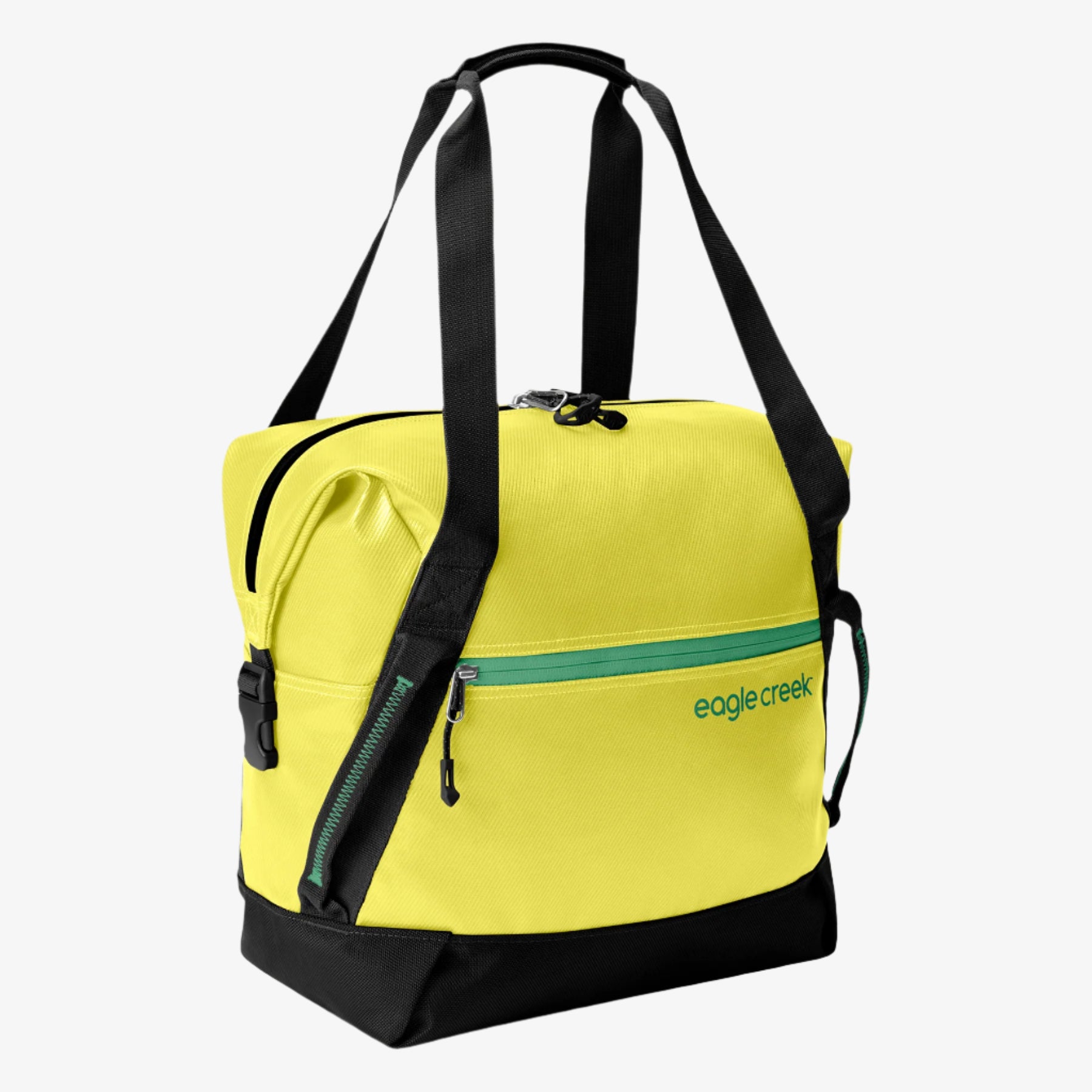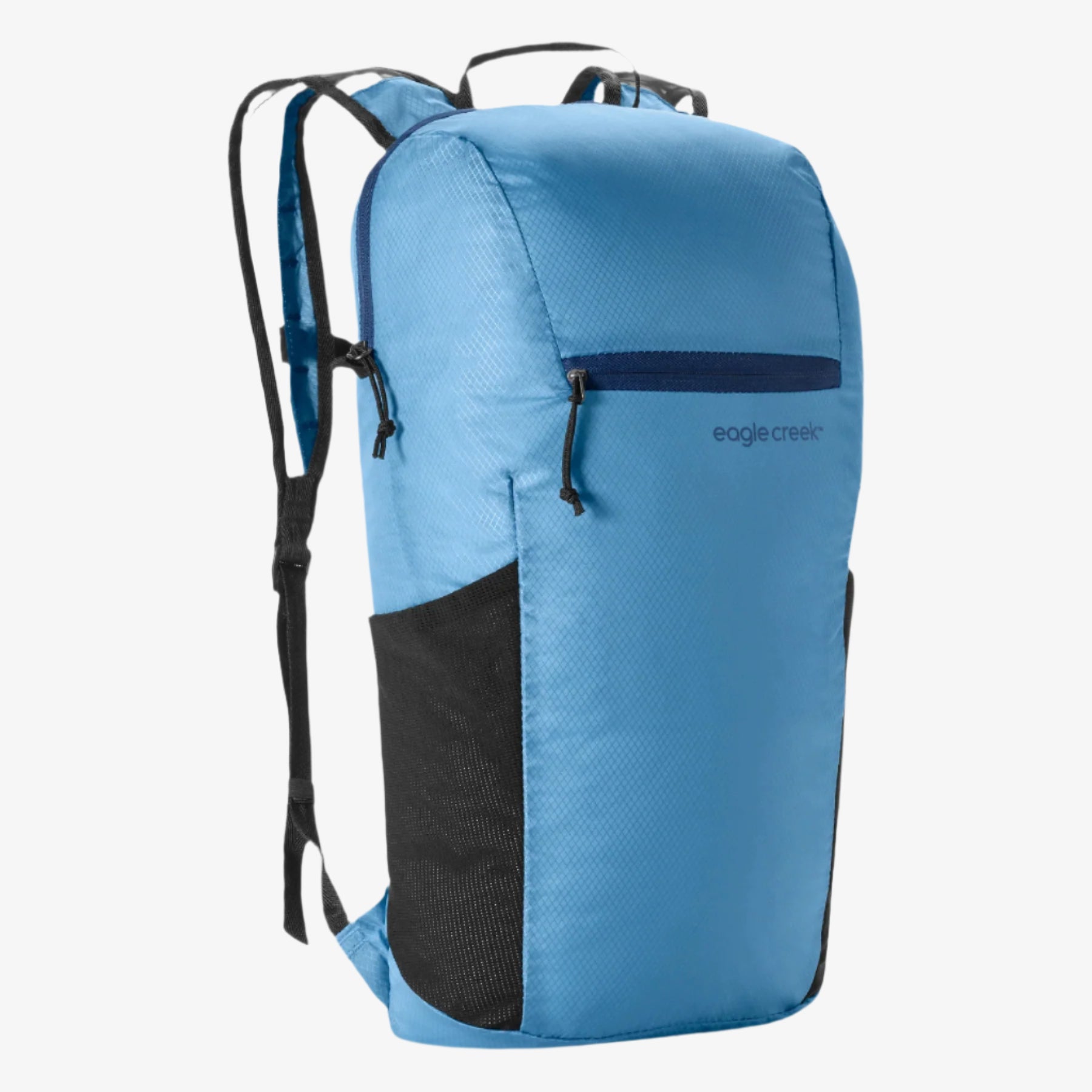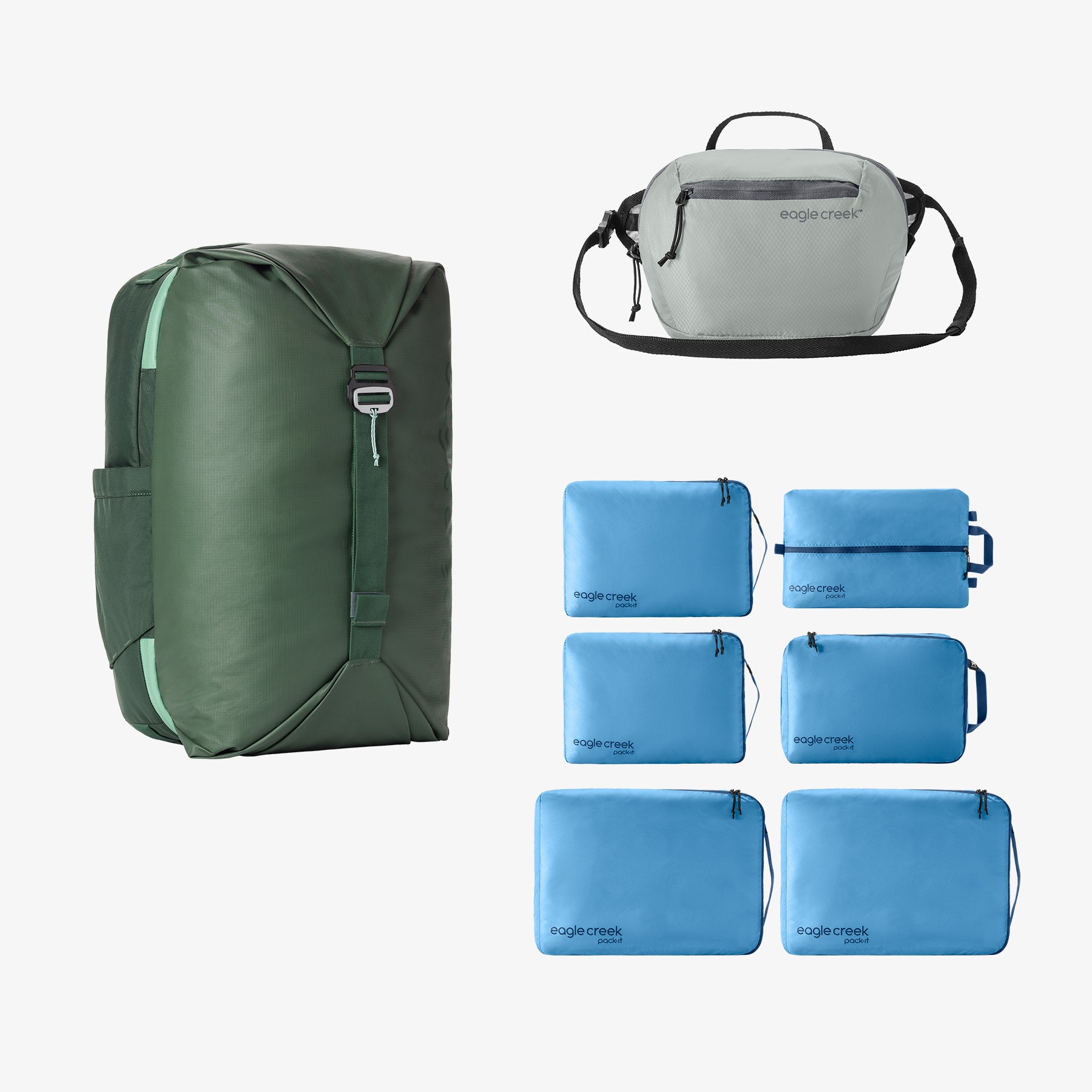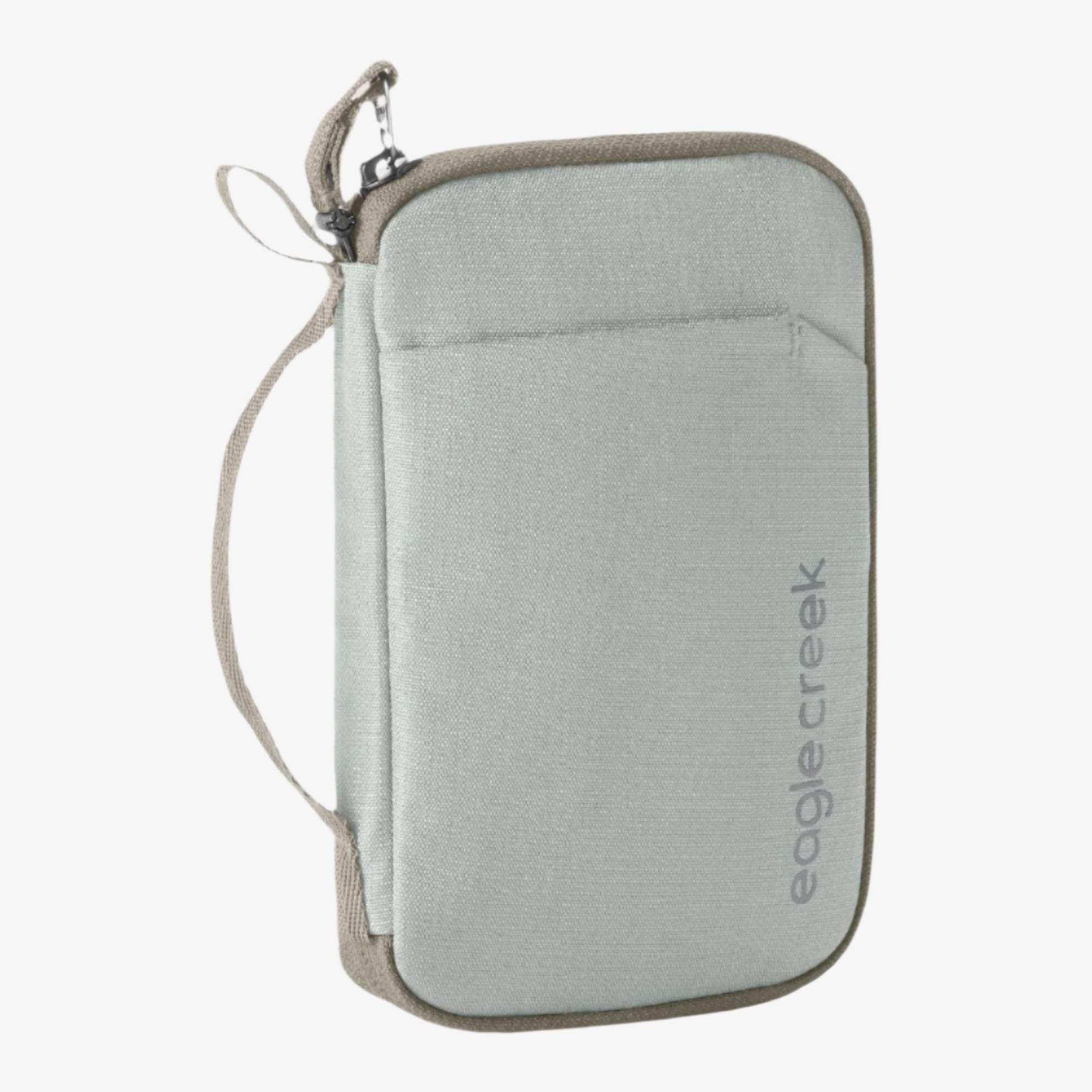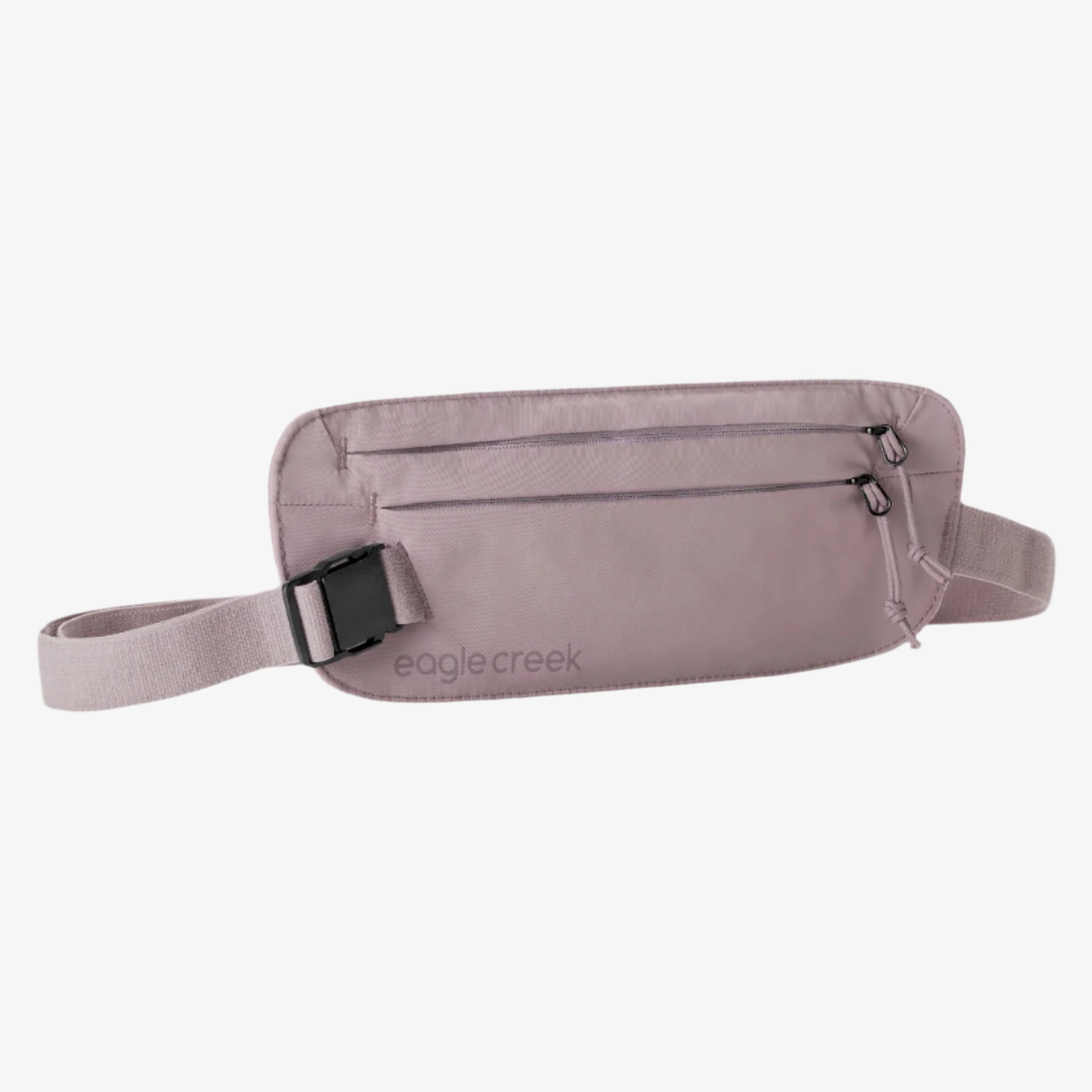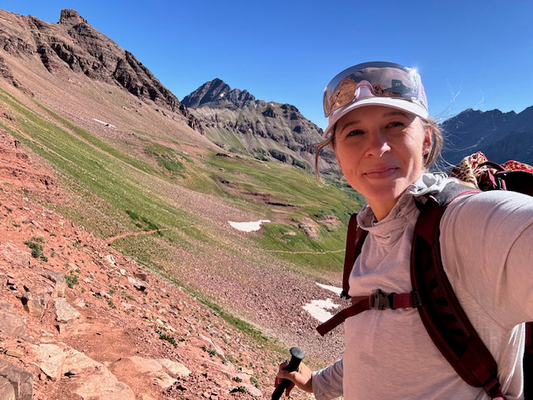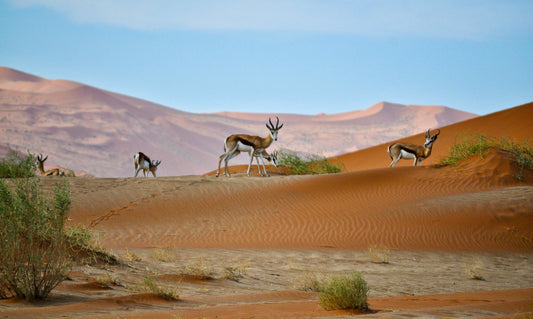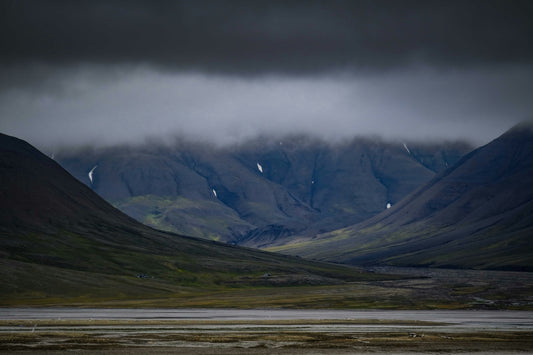Adventure travel is about pushing your limits physically, but there’s often a secondary benefit as well: learning about your own internal fortitude. A trek to Annapurna Base Camp reveals both the break down—and recreation—of one unsuspecting hiker.
It was a beautiful May day: The sky was an unbelievable shade of blue, the sun was warm upon my shoulders, the rhododendrons were blooming, and I was in the heart of the Himalayas on my way to Annapurna Base Camp—known as ABC. I should have been elated, high on life, pausing only to break into the chorus of “The Hills are Alive” from The Sound of Music.
Instead, I lay on a patch of grass, my daypack on the ground beside me. My sunglasses hid my watering eyes, but I’m pretty sure that the sobs that I tried to muffle were still audible.
“Oh dear lord. What have I done?” This had been repeating in my head for the past two days as we left Pokhara, started in Nayapul, and trekked to Ghandruk. Perhaps “trek” isn’t really the best word. I had trekked before—living in Colorado, I had hiked plenty. From short day trips to overnight backpacking trips, I thought I knew what trekking was. I thought I was prepared.
Well, I was wrong. While I trained for the journey to Annapurna Base Camp as though it were the treks I was used to, I should have prepared to climb stairs. Lots and lots of stairs. Knowing what I know now, my suggested training regimen for Nepal: Find the tallest building in your town. Climb up the stairs. Walk down the stairs. Repeat in increasing increments. Before this trek, though, I had no idea there were so many stairs in Nepal.
We walked up stairs and pathways frequented by donkey trains and water buffalo, down more stairs and trails to cross a rickety crossing or newer suspension bridge only to climb up the other side. Any elevation that we gained, we seemed to lose just as quickly as we descended once again to cross another valley or river. In Chhomrong, I tried to take time to appreciate the views before collapsing on my bed after a dinner of momos and vegetable egg noodle soup. I tried not to lose confidence as a tiny septuagenarian man passed me with a basket filled with supplies and a (full) propane tank.
My legs were sore. I had blisters in strange places on my feet, even with broken-in hiking boots. I found myself concentrating on stories that my guide, Dan, told as I huffed and puffed up yet another set of stairs; I tried to learn Nepali from our guide, Gokul, as we hiked. Anything to take my mind off of what I was asking my body to do.
It wasn’t all a suffer-fest. There were sections where I started to feel strong—to feel good. My legs found a rhythm on the stairs; I learned to not look up, but instead look out, over the gorges to the peaks standing sentinel in the distance. I looked back at dots that had, that morning, been the teahouse where I’d slept. I knew that it was the hardest thing I’d done in my life, thus far. Each day was the hardest thing. But I could feel my legs growing accustomed to the schedule. The early nights and early mornings gave me time to think and reflect, to figure out what I was really capable of. After all, stairs and elevation gains are just putting one foot after the other.
Nepal has a way of breaking me down, body and mind, but not spirit, I wrote in my journal. On day four, I have done more than I thought I could, but I realize what is yet to come. I felt amazing hiking into Dobhan, but the trek up to Himalaya for a mid-morning tea break has me silent, clutching my teacup. I’ve caught a cold that went from a runny nose to a cough that seems to be settling in my chest, leaving me sounding like a tobacco warning. I feel like my blood has betrayed me, that my time in Colorado should count for something in relation to the rising altitude, but I’m starting over with no advantage.
But in the midst of the body aches, the annoying coughs and other small problems, my reward comes in the form of views from a promontory at Hinku Cave: We can hear the Modi Khola and even see glimpses of turquoise water as we wind up the mountain. We reach Deurali as the clouds are rising, but before the rain arrives. I’m content to curl up in the teahouse, reading and watching rivulets of water cascade down the panes.
At Machhapuchhre Base Camp, I was hit with blinding fatigue. I didn’t want to eat; I only wanted to curl up in my sleeping bag and nap. I didn’t realize it—perhaps I just didn’t want to admit it—but I was experiencing the first traces of altitude sickness.
In order to witness sunrise over Annapurna, we started on the trail at 4:30 a.m. with our headlamps. The mountains were visible as a negative image, a blackness that they created against the wide swath of stars, which seemed almost touchable. It was cold, but I quickly grew warm as I concentrated on each step over rocks and bits of tundra, keeping to the path that was tramped the previous day. We were the only ones heading to Annapurna Base Camp that morning.
First light touched the range, turning it a beautiful peachy gold as we reached the sign welcoming trekkers to ABC. As I moved slowly closer, it didn’t seem quite real. Part of me wasn’t sure that I would actually make it, that I would be looking over the Himalayas from this vantage point. But another part, a slice of spirit that had been slowly expanding over the past days, had been quietly confident that I could make it.
Our time at the top was short; the time that it took us to trek down (and for me to start feeling better) seemed even shorter. Five days of trekking and it would take us less than three to get back down again. Through lush forests, bamboo stands and canyons, we hiked. I powered up stairs that I had happily descended a few days ago; I remembered how I dreaded returning to them when we initially climbed down. Contrary to my prior imaginings, I didn’t collapse and die. I even managed a smile when we stopped for lunch.
Trekking to Annapurna Base Camp changed me. Yes, physically: My pants were noticeably looser when I returned to Kathmandu. But it also changed my idea of myself. I had a habit of bluffing my way through things—waiting until the last minute, pretending that I knew what I had signed up for, and trying to pretend that I wasn’t as unprepared/affected/lost as I really was.
I couldn’t fake it in Nepal. I had to admit that I was unprepared and needed help; that I was hurting and unsure and had lost all of my self-confidence; that I might fail. But I didn’t. Through endless meals of dal bhat, pep talks from the guides and other trekkers, and some serious self-talk, I made it. And I realized that I was both stronger and weaker than I thought I was.
Nepal and her people hold a special place in my heart. I returned (much better prepared) to hike through the Mustang region, and I’m planning another trip for next year. I’ve hiked in other countries, but nothing is quite like that first trek to Annapurna, when I learned that my real strength was found in a time of absolute weakness.
Related Links (from Eagle Creek blog):
